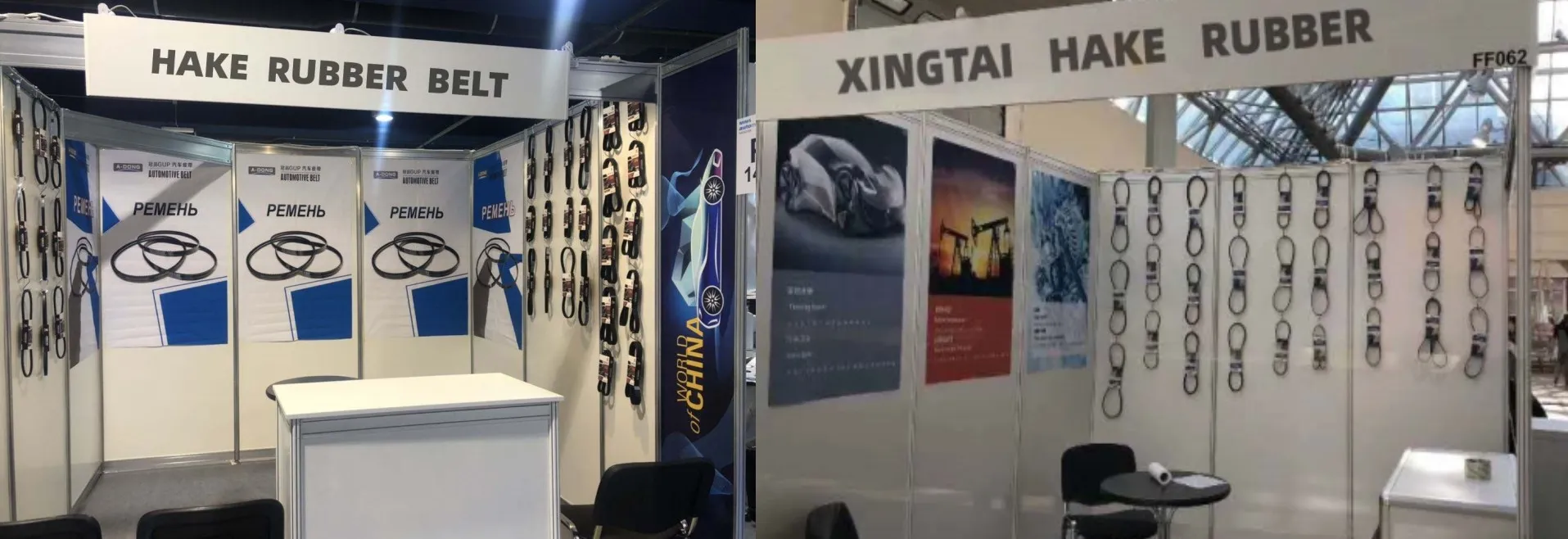- Arabic
- French
- Russian
- Spanish
- Portuguese
- Turkish
- Armenian
- English
- Albanian
- Amharic
- Azerbaijani
- Basque
- Belarusian
- Bengali
- Bosnian
- Bulgarian
- Catalan
- Cebuano
- Corsican
- Croatian
- Czech
- Danish
- Dutch
- Afrikaans
- Esperanto
- Estonian
- Finnish
- Frisian
- Galician
- Georgian
- German
- Greek
- Gujarati
- Haitian Creole
- hausa
- hawaiian
- Hebrew
- Hindi
- Miao
- Hungarian
- Icelandic
- igbo
- Indonesian
- irish
- Italian
- Japanese
- Javanese
- Kannada
- kazakh
- Khmer
- Rwandese
- Korean
- Kurdish
- Kyrgyz
- Lao
- Latin
- Latvian
- Lithuanian
- Luxembourgish
- Macedonian
- Malgashi
- Malay
- Malayalam
- Maltese
- Maori
- Marathi
- Mongolian
- Myanmar
- Nepali
- Norwegian
- Norwegian
- Occitan
- Pashto
- Persian
- Polish
- Punjabi
- Romanian
- Samoan
- Scottish Gaelic
- Serbian
- Sesotho
- Shona
- Sindhi
- Sinhala
- Slovak
- Slovenian
- Somali
- Sundanese
- Swahili
- Swedish
- Tagalog
- Tajik
- Tamil
- Tatar
- Telugu
- Thai
- Turkmen
- Ukrainian
- Urdu
- Uighur
- Uzbek
- Vietnamese
- Welsh
- Bantu
- Yiddish
- Yoruba
- Zulu
নভে. . 06, 2024 19:24 Back to list
Understanding the Mechanics and Applications of Flat Belt Transmission Systems
Flat Belt Transmission An Overview
Flat belt transmission systems have been an integral part of mechanical engineering and industrial design for centuries. They serve as a crucial conduit for transferring power from one machine element to another, enabling an efficient means of motion and energy transfer. In this article, we will explore the fundamental principles, applications, advantages, and challenges of flat belt transmission systems.
What is Flat Belt Transmission?
Flat belt transmission refers to a method of power transmission that uses a flat, flexible belt to connect two or more rotating pulleys. These belts are typically made from materials such as rubber, leather, or synthetic fibers, which provide the necessary flexibility while maintaining sufficient grip on the pulleys. The primary function of the belt is to transfer rotational motion from the driving pulley (the one connected to the power source) to the driven pulley (the one that operates the machinery).
Principles of Operation
The operation of flat belt transmission hinges on the principles of friction and tension. When the driving pulley rotates, it causes the belt to move along its surface. The friction between the belt and the pulleys enables the transfer of torque from one to another. The efficiency of this system depends significantly on the coefficient of friction between the belt and the pulley, the tension in the belt, and the alignment of the pulleys.
To achieve efficient power transfer, the system must maintain optimal tension. If the tension is too low, the belt may slip, causing a loss of power transfer efficiency. Conversely, excessive tension can lead to increased wear and tear on both the belt and the pulleys, potentially resulting in mechanical failure.
Applications of Flat Belt Transmission
Flat belt transmission systems are found in a wide array of applications across various industries. Traditionally, they played a crucial role in factory machinery, where they were used to transmit power from motors to conveyor belts, saws, lathes, and other heavy equipment. Despite technological advancements and the rise of alternative technologies such as chain drives and gear systems, flat belts are still widely utilized due to their simplicity and effectiveness.
In contemporary settings, flat belt transmission systems can be seen in various applications, including
flat belt transmission

1. Textile Industry They are used to drive spinning wheels, looms, and other textile machinery. 2. Automotive Industry Flat belts are often found in earlier car models for driving components such as generators and water pumps, although they are gradually being replaced by ribbed or serpentine belts. 3. Agricultural Machinery Certain types of equipment, such as tractors and harvesters, utilize flat belts for power transmission. 4. Conveyance Systems They are employed in conveyor belts for transporting materials in warehouses and production lines.
Advantages of Flat Belt Transmission
Flat belt transmission systems offer several advantages, which include
1. Simplicity The design and installation of flat belts are relatively straightforward, making them easy to implement in various applications. 2. Cost-Effectiveness Compared to other power transmission methods, flat belts are often more affordable. 3. Smooth Operation They produce less noise and vibration, contributing to a quieter and more comfortable working environment. 4. Flexibility Flat belts can accommodate various angles and distances between pulleys, offering versatility in design.
Challenges and Limitations
Despite their many advantages, flat belt transmission systems also face certain challenges
1. Slippage As mentioned earlier, slippage can occur if the belt tension is not adequately maintained, reducing efficiency. 2. Wear and Tear Over time, belts can degrade due to friction and environmental factors, necessitating regular maintenance and replacement. 3. Limited Power Capacity Flat belts may not be suitable for high-power applications where more robust systems, such as chains or gears, are necessary.
Conclusion
Flat belt transmission systems remain a vital component in a wide range of mechanical applications. Their simplicity, versatility, and cost-effectiveness continue to make them a popular choice in many industries. While challenges such as slippage and wear must be managed through effective maintenance, the flat belt's historical and ongoing relevance in power transmission is undeniable. As technology evolves, it will be interesting to see how flat belt systems adapt and maintain their place in the industrial landscape.
-
Korean Auto Parts Timing Belt 24312-37500 For Hyundai/Kia
NewsMar.07,2025
-
7PK2300 90916-T2024 RIBBED BELT POLY V BELT PK BELT
NewsMar.07,2025
-
Chinese Auto Belt Factory 310-2M-22 For BMW/Mercedes-Benz
NewsMar.07,2025
-
Chinese Auto Belt Factory 310-2M-22 For BMW/Mercedes-Benz
NewsMar.07,2025
-
90916-02660 PK Belt 6PK1680 For Toyota
NewsMar.07,2025
-
drive belt serpentine belt
NewsMar.07,2025

